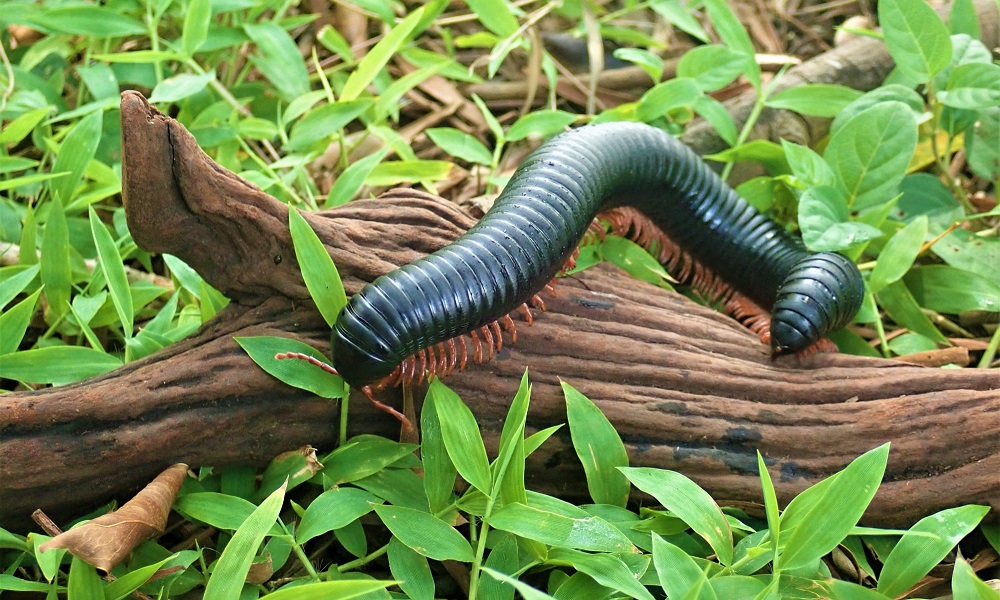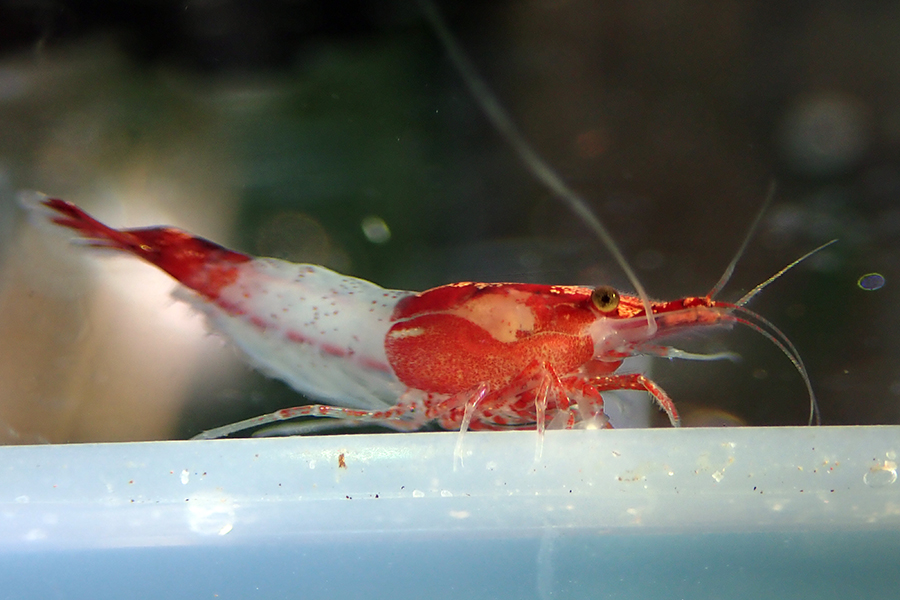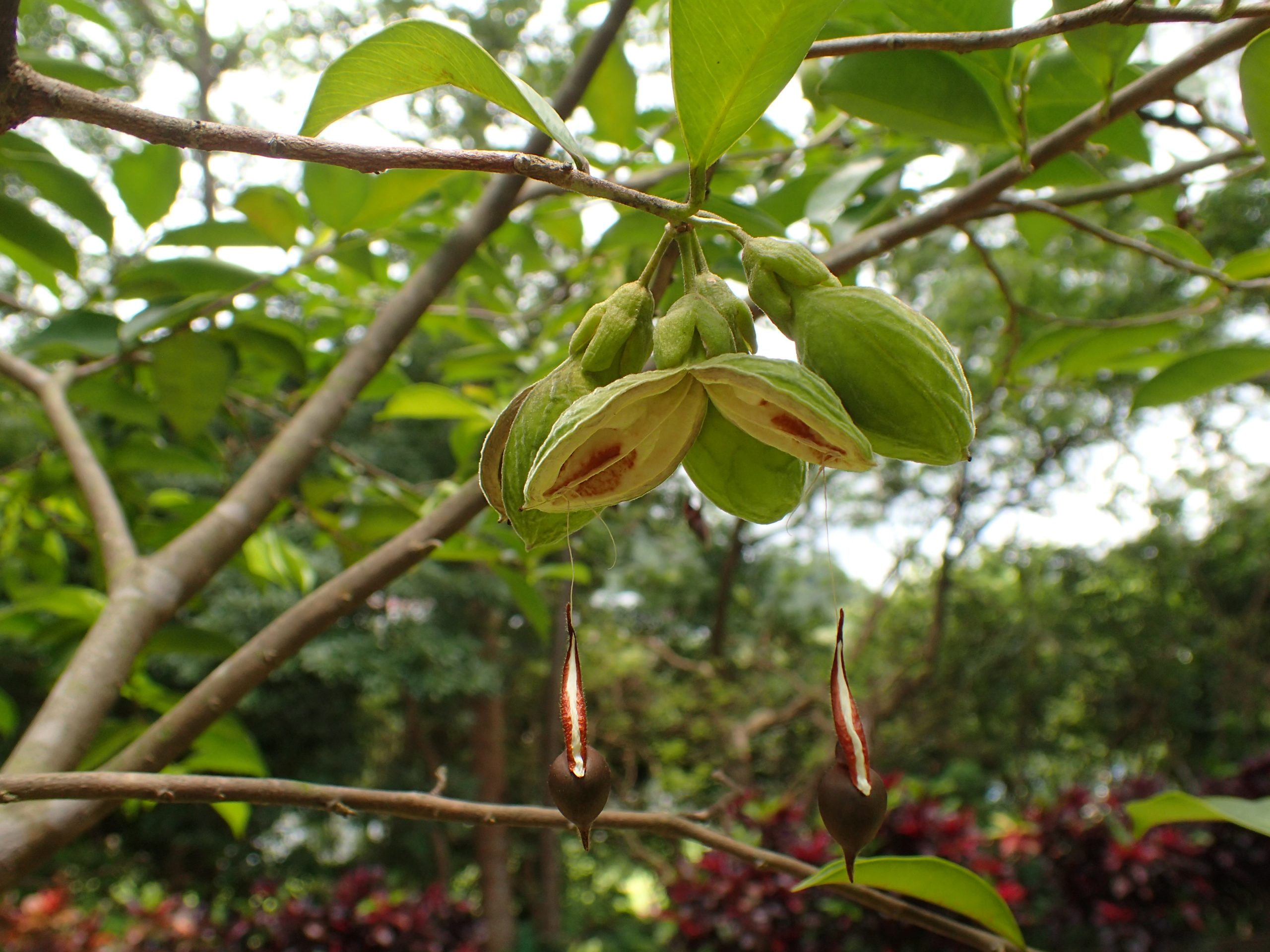-
ECF – Millipede and Soil Biodiversity Citizen Science project

A novel way for Hong Kong citizen science? Working out the soil biodiversity of millipedes in Hong Kong with secondary school, NGO, and university: field collection, identification via DNA barcoding, and an electronic platform http://biodiversity.sls.cuhk.edu.hk/millipedes/
-
BSAP – Horseshoe Crab Survey and eDNA project

Field trail of juvenile horseshoe crab monitoring in Hong Kong using environmental DNA (eDNA) technique. http://biodiversity.sls.cuhk.edu.hk/HorseshoeCrab/?page_id=297&lang=zh
-
Horseshoe crabs Carcinoscorpius rotundicauda and Tachypleus tridendatus

Horseshoe crab genomes reveal the evolutionary fates of genes and microRNAs after three rounds (3R) of whole genome duplication Whole genome duplication (WGD) has occurred in relatively few sexually reproducing invertebrates. Consequently, the WGD that occurred in the common ancestor of horseshoe crabs ~135 million years ago provides a rare opportunity to decipher the evolutionary…
-
Cherry shrimp Neocaridina denticulata

Genomic sequencing and experimental tractability of a new decapod shrimp model Neocaridina denticulata. The speciose Crustacea is the largest subphylum of arthropods on the planet after the Insecta. To date, however, the only publically available sequenced crustacean genome is that of the water flea, Daphnia pulex, a member of the Branchiopoda. While Daphnia is a…
-
Crustacean transcriptome database including Stenopus hispidus, Neocaridina davidi, Cherax quadricarinatus, Panulirus ornatus, Paralithodes camtschaticus, Birgus latro, and Lysiosquillina maculata

A crustacean annotated transcriptome (CAT) database Background Decapods are an order of crustaceans which includes shrimps, crabs, lobsters and crayfish. They occur worldwide and are of great scientific interest as well as being of ecological and economic importance in fisheries and aquaculture. However, our knowledge of their biology mainly comes from the group which is…
-
Incense tree Aquilaria sinensis

Chromosomal-level reference genome of the incense tree Aquilaria sinensis Trees in the genus Aquilaria (Thymelaeaceae) are known as lign aloes, and are native to the forests of southeast Asia. Lign aloes produce agarwood as an antimicrobial defence. Agarwood has a long history of cultural and medicinal use, and is of considerable commercial value. However, due to habitat…
-
True jellies Sanderia malayensis and Rhopilema esculentum

Jellyfish genomes reveal distinct homeobox gene clusters and conservation of small RNA processing The Phylum Cnidaria represents a close outgroup to Bilateria and includes familiar animals including sea anemones, corals, hydroids, and jellyfish. Here we report genome sequencing and assembly for true jellyfish Sanderia malayensis and Rhopilema esculentum. The homeobox gene clusters are characterised by…
-
Millipedes Helicorthomorpha holstii and Trigoniulus corallinus

Millipede genomes reveal unique adaptations during myriapod evolution Background The Myriapoda, composed of millipedes and centipedes, is a fascinating but poorly understood branch of life, including species with a highly unusual body plan and a range of unique adaptations to their environment. Here, we sequenced and assembled two chromosomal-level genomes of the millipedes Helicorthomorpha holstii…





